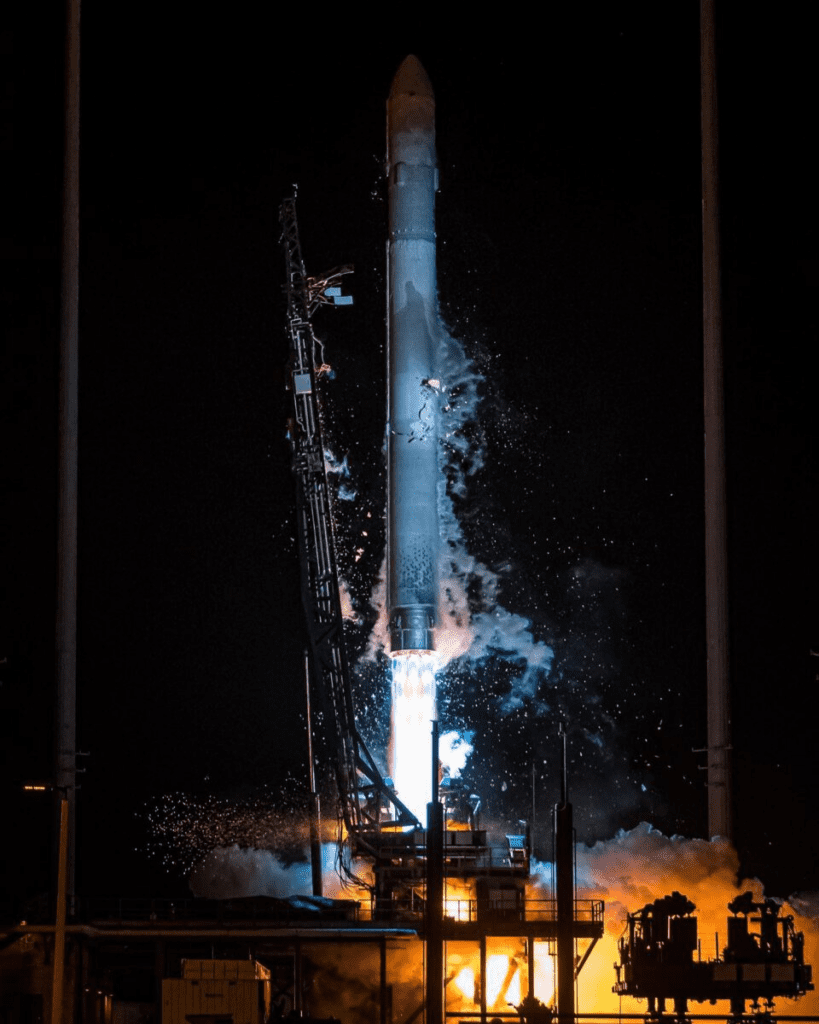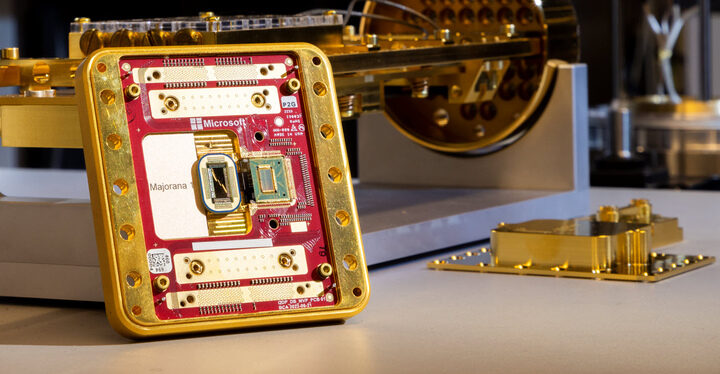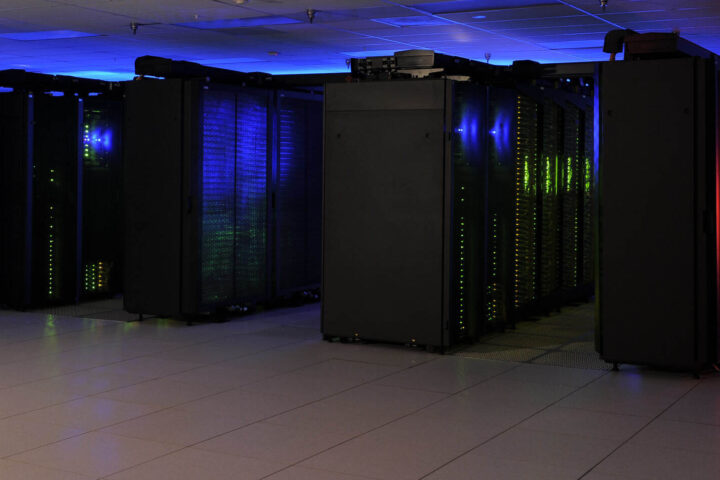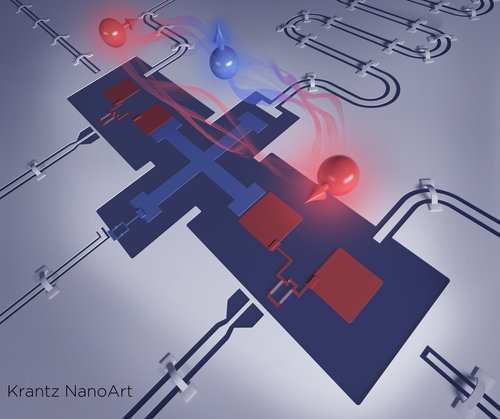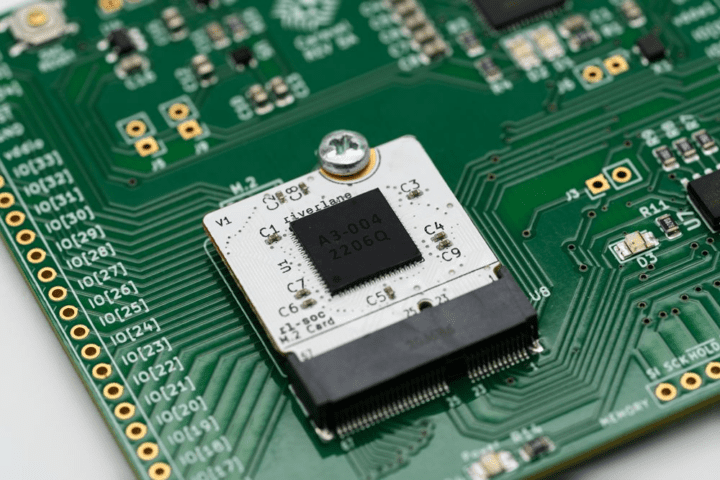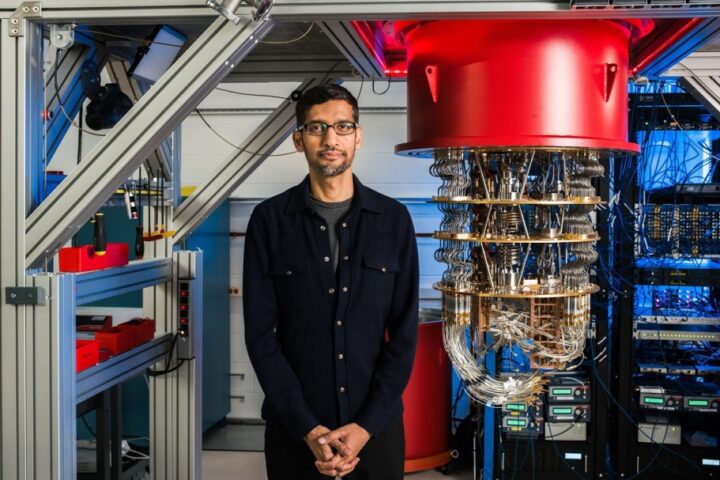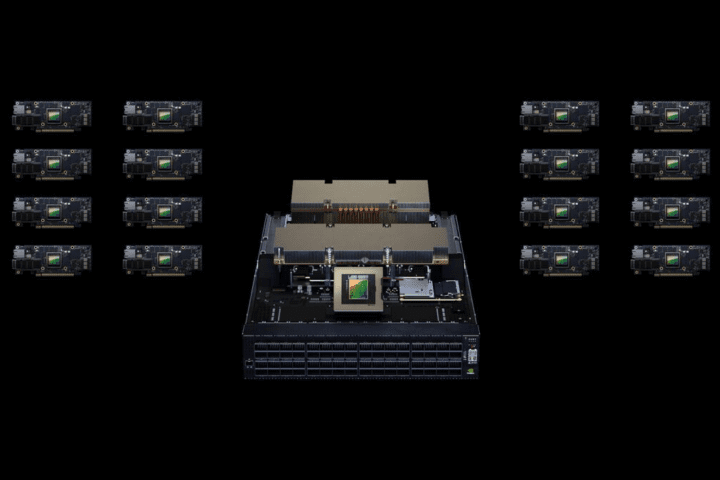UK scientists have proposed a new experiment to make a traversable wormhole using counterportation, a concept based on counterfactual communication that would be the first of its kind. Quantum physicist Hatim Salih and his team, have been working on this project for a decade and have showcased its workings in a lab.
Counterportation depends on space existing technology, including a special kind of quantum computer that can carry information across and time while avoiding the exchange of particles. Although counterportation is more like teleportation like in science fiction, it is not faster-than-light travel and is much slower than the speed of light.
However, the same technology could still be useful for sending signals or transporting objects through a wormhole bridge across spacetime, and it even promises to offer a first-person view inside a wormhole. The key to successfully creating a traversable wormhole using counterportation is next-generation quantum computers.
The researchers initially send light through a quantum system, which hits detectors and is reconstructed at the other end, transmitting information without any particles or electricity. The proposed experiment could be an important step towards deep space exploration and travel, allowing people to effectively teleport from one side of space to another. The term “counterportation” comes from a combination of “counterfactual” and “transportation.”
Salih and his team’s approach to counterportation depends excessively on existing technology, making it more feasible than other hypothetical approaches to deep space travel. If this technology is possible, it could revolutionize the way we explore and travel through space.

